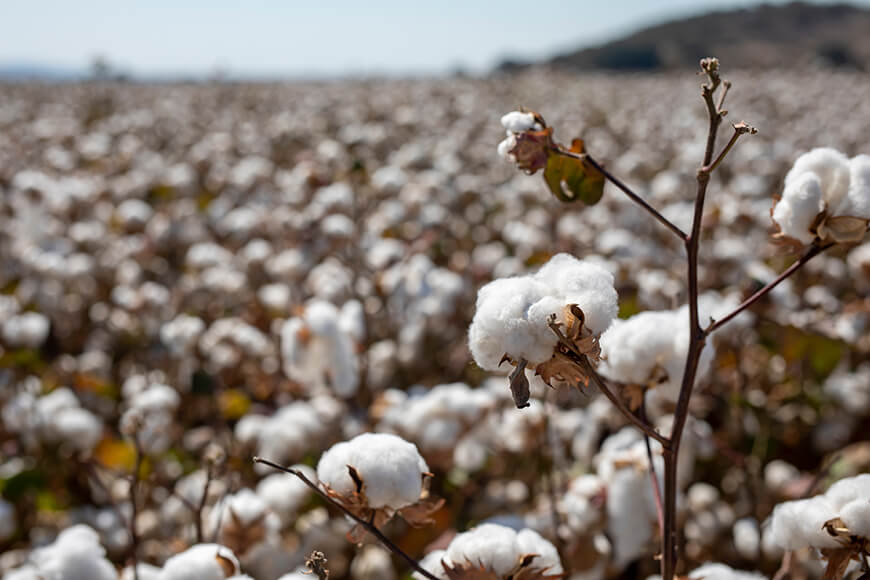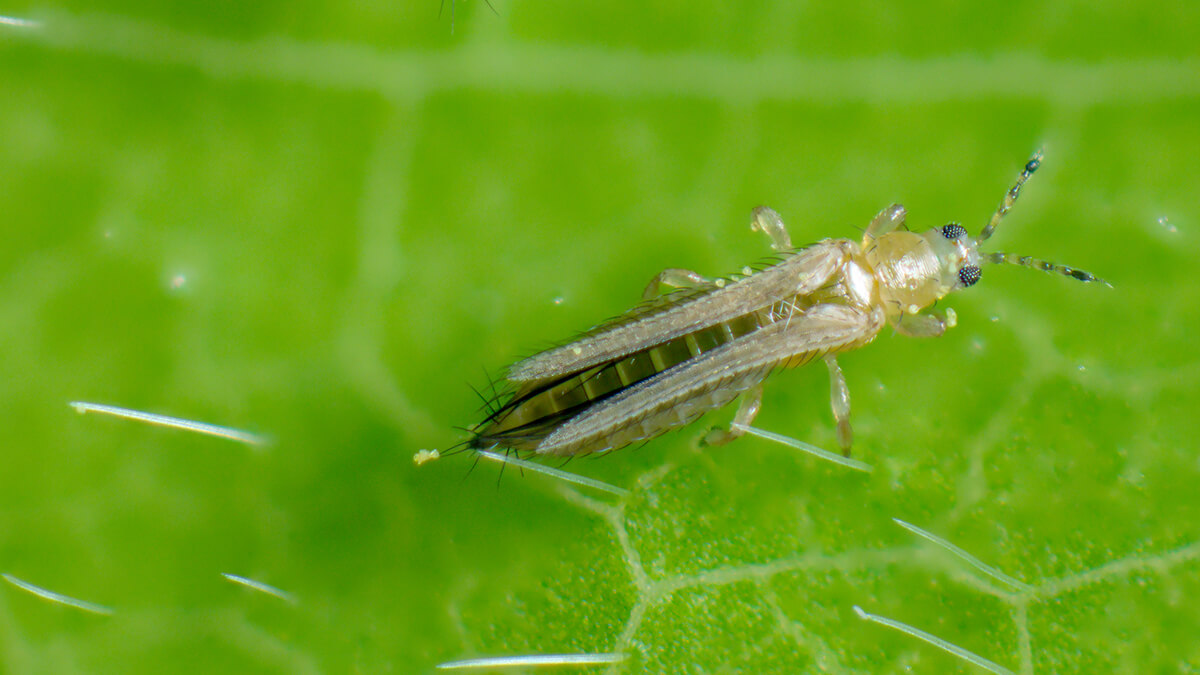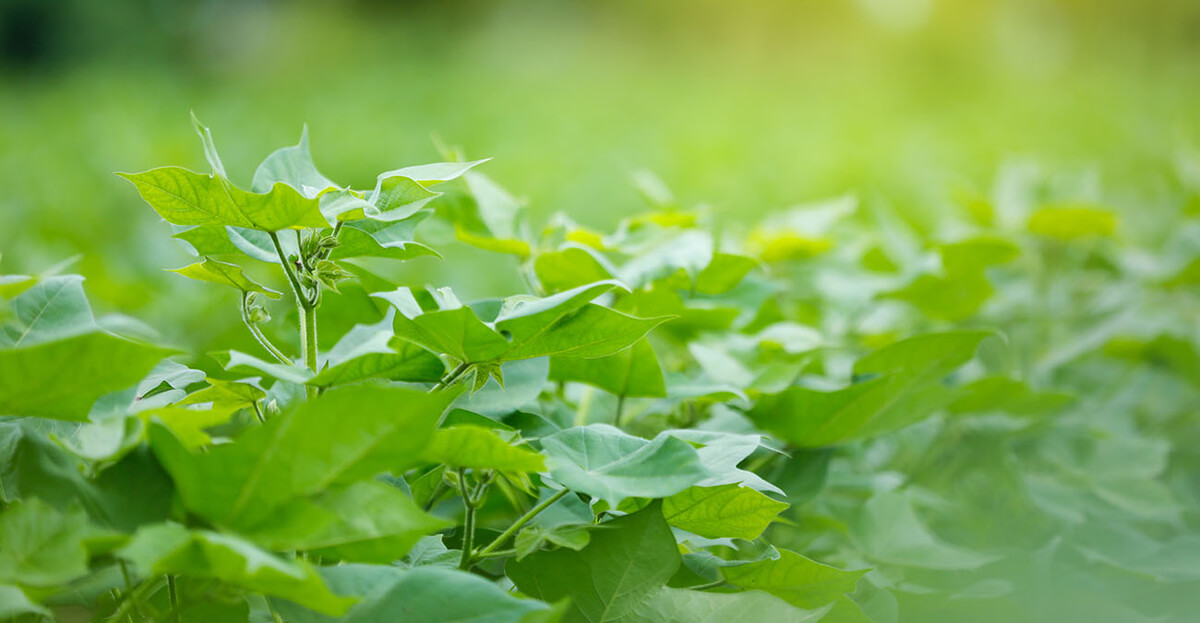Whether or not you irrigate your corn depends upon several factors. For some, banking on the next rain is as close to a watering plan as you can get. But for those who do, knowing how much water the crop needs—and when it needs it—is critical to maximizing plant health and yield. Total corn water use depends on a number of factors: relative maturity of the hybrid, planting date, weather and location. It is important to keep moisture adequate, but not excessive, even in the late stages of corn development because kernel weight continues to increase. From three weeks before silking to black layer, the corn plant will use 0.25 to 0.35 inches of water per day, so it can be of great benefit to supplement any deficit in rainfall with irrigation.
The key to proper irrigation timing is checking soil moisture using a probe, auger, shovel or other tool. Weather, soil moisture and crop conditions can vary widely from field to field, week to week, and year to year, so closely monitor soil moisture level and schedule accordingly.
You do not want to terminate irrigation so that the crop stresses before corn physiological maturity (black layer) occurs. When late June and July rainfall fails to meet crop demand, water deficit or premature irrigation termination will accelerate maturity, prohibiting kernels from reaching their full potential size and weight. Although kernels outwardly appear mature and corn water use begins declining at the dent stage, this is far too early to terminate irrigation. Potential kernel weight is only about 75 percent complete at the dent stage. Thus, termination of irrigation at the dent stage can reduce grain yields as much as 15 to 20 percent (30-40 bu/a) when hot, dry conditions persist. Early irrigation termination will also likely reduce stalk strength and promote lodging, because plants will cannibalize energy from vegetative organs to fill kernels when they are stressed..
Kernels mature from the outside-in when hard starch begins forming at the crown. The crown will turn hard and become the bright shiny golden yellow color of mature kernels. This starch and weight accumulation will steadily progress towards the base of the kernel (where it attaches to the cob) taking about 20 days to complete. The most reliable method for you to monitor kernel maturity for irrigation scheduling purposes is to observe this progression of the milk-line (or hard starch layer) between dent stage and black-layer. The milk-line is more relevant than the black layer, because it indicates maturation progress, before the black layer is evident. The milk-line is the borderline between the bright, golden yellow color of the hard seed coat outside the starch, compared to the milky, dull yellow color of the soft seed coat adjacent the dough layer. To observe the milk line, break a corn ear in half and observe the cross-section of the top half of the ear (the side of kernels opposite the embryo.) If you have difficulty seeing this color disparity between layers, you can easily find it by simply poking your fingernail into the soft, doughy seed, starting at the kernel base and repeating this procedure progressively toward the tip, until you feel the hard starch.

As most everyone is approaching tassel, and many are well beyond, let’s take a look at later-stage water needs in corn as a guide for termination decisions.

Jay Middleton // This email address is being protected from spambots. You need JavaScript enabled to view it.











